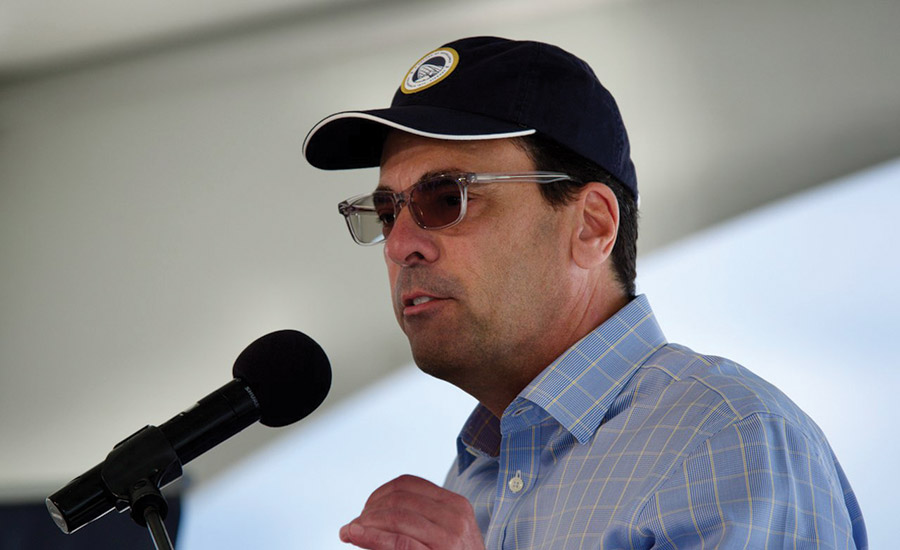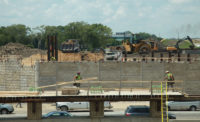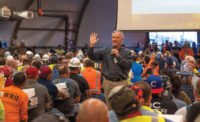Related Article:
Carbon Capture Deployed for Indianapolis Airport Runway Revamp
Back to:
25 Top Newsmakers
Mario Rodriguez likes to talk about the word “sawubona”—the Zulu greeting that translates to “I see you.” Engineers, he asserts, just want to be seen for the good work they do.
“We work in a thankless career,” says the executive director of the Indianapolis Airport Authority in an amusedly rueful voice. “Nobody thanks us for doing an excellent job. Yet if we make a mistake, our name is mud. Think of the thousands of aircraft that land safely on runways that don’t crumble; the trucks and cars that go over bridges and the highway system, and buildings that stand up for years.”
Rodriguez is certainly visible. A member of the Biden-Harris presidential transition team, he worked under both President Obama and President Trump on the Committee for Aviation Consumer Protection. He has garnered dozens of recognitions from California to Indianapolis to New Orleans. During his tenure, the Indianapolis airport has been recognized repeatedly by various organizations as the nation’s best. “These awards are meaningful to me and my colleagues because they say ‘Hey, we thank you for the job you’re doing.’”
Most recently, the airport received the first-ever Envision Platinum Award from the Institute for Sustainable Infrastructure for an airfield project that features the first federally approved use of a carbon capture technology. The 22-in. top concrete layer will contain the waste carbon, with an effect equivalent to planting 1.2 million trees.
Rodriguez’s Midas touch with airports extends back to his stint at the New Orleans airport, where he proposed the plan to add 9 ft to the surrounding levees—a project that completed just before Hurricane Katrina struck, and consequently made the airport a key evacuation and aid epicenter.
Community-focused
“Mario has an unwavering focus on innovation as a means to enhance sustainability and the customer experience,” says J.J. Morton, principal with Kimley-Horn, a design and planning firm. “He inspires his staff to innovate in every way imaginable throughout the Indianapolis Airport Authority’s system of airports.”
One of Rodriguez’s assets is his ability to understand the local context and cater to it. During his stint at the Long Beach, Calif. airport, “we built an unapologetically Long Beach terminal—17-foot fire pit, wine bar, fish tacos. We battled to make things not the same.”
Moving to the Midwest, he adapted to what Indianapolis locals wanted from the airport. “I just listen to what they need and come up with a way to give it to them.”
Another point of pride is that “over fifty percent of my executive staff is female,” he adds. “They had to be twice as good [as men] to get to where they are. We have a moral imperative to diversity and equity. It’s also a business necessity. We’re all summations of our experiences. If you get a bunch of people who look exactly the same with the same experiences, then you’ll get the same answer all the time.”
“Mario’s leadership extends beyond the airports to the broader Indianapolis community, the state of Indiana and the aviation industry as a whole,” says Morton. “He is passionate about building a strong community of airport employees, consultants and contractors.”
“Seeing” and recognizing engineers will be ever more important, asserts Rodriguez. “We’re going to live in a more engineered world. We make the organizations that we serve—we make them either good or not so good. I just want to make people’s lives better. I hope that we’re better than the institutions we serve, because that makes the institutions better.”






Post a comment to this article
Report Abusive Comment